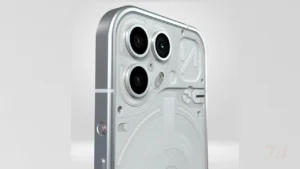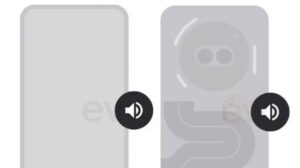The Nothing Phone 2 and the Google Pixel 7a are two smartphones with a similar price range (with a price difference of $100) but very different camera performances. While both phones have many great features, camera performance is undeniably important to modern consumers. So, here we will have Nothing Phone 2 vs. Google Pixel 7a camera face-off to determine which camera is worth the product.
The camera specs of the Nothing Phone 2 and the Google Pixel 7a are as follows.
| Features | Nothing Phone 2 | Google Pixel 7a |
| Main camera | 50MP (Sony IMX890), f/1.88 | 64MP (Quad PD Quad Bayer), f/1.89 |
| Ultrawide angle camera | 50MP(Samsung JN1),f/2.2 | 13MP, f/2.2 |
| Front Camera | 32MP(Sony IMX615), f/2.45 | 13MP, f/2.2 |
| Video recording | 4K 60FPS | 4K 60FPS |
| Slow motion | Up to 1080p 480FPS | Up to 1080p 240FPS |
Under good lighting, such as sunny conditions, the 50MP camera of the Nothing Phone 2 performs well, with the photo bearing a warm undertone. But the Google Pixel 7a offers a superior dynamic range.
The 64MP camera captures more detail; right off the bat, the Pixel 7a has the better primary camera. Interestingly, the 13MP ultrawide angle camera of the Pixel 7a also captures more in a single frame than Nothing’s 50MP camera. This makes the Google Pixel 7a ideal for group shots or other situations where you want to grab a wide image without moving backward.
The front camera of the Nothing Phone 2 does much better as it captures a lot of detail. While the dynamic range performance was still lacking, it took better selfies. The front camera of the Pixel 7a was not a letdown, but the crop was too tight, and the details were slightly softer than Nothing Phone 2’s.
While the aperture on the Nothing Phone 2 was f/5.6 by default, it could be adjusted according to f/0.95 and f/16 for the desired blurred background effect. Though this option is unavailable on the Google Pixel 7a, the portrait photos were more realistic and showed off its super dynamic range. The Nothing Phone 2 portrait mode tended to look over-processed and unrealistic, as it did not identify the edges well.
While both phones have 4k 60FPS, the cameras have different approaches to stabilization. While the Nothing Phone 2 uses optical and electronic stabilization, the Pixel 7a achieves optimal stabilization with just OIS.
The ultimate test is a camera’s performance in low light areas, and the Google Pixel 7a is the clear winner. The Nothing Phone 2’s low light photography was just as disappointing as that of Nothing Phone 1, with poor exposure and little to no details. The Google Pixel 7a draws out the colors and shows details in low-light environments.
In conclusion, the Google Pixel 7a is the clear winner in the Nothing Phone 2 vs Google Pixel; 7a camera face-off.



Leave a Reply